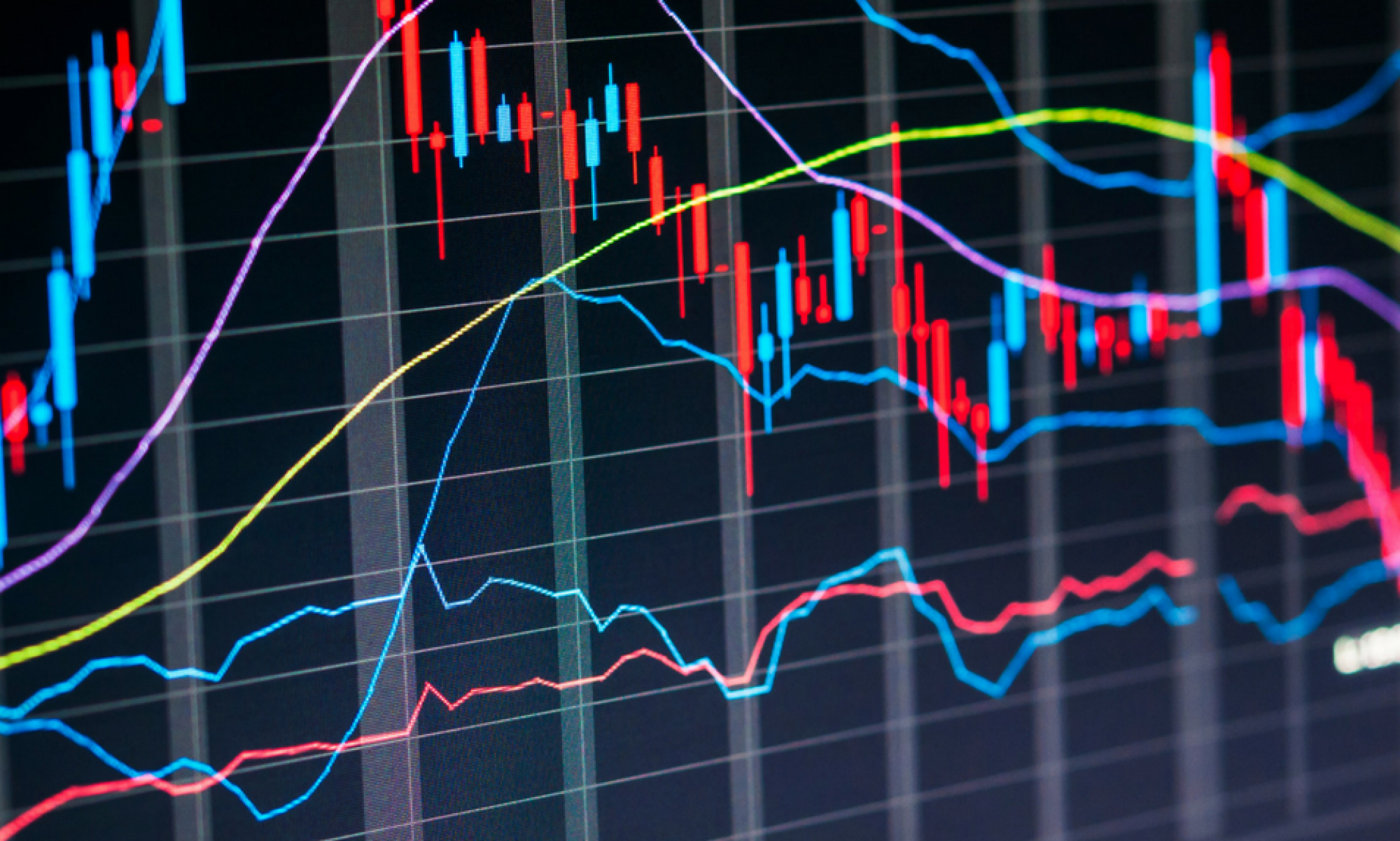With the wreckage of 2020 in the rearview mirror, investor optimism for the new year is high. After all, how could it possibly be any worse than a year marked by a deadly pandemic, a brutal recession and one of the steepest bear markets in history?
While no one knows how long the pandemic will last, announcements by pharma giants Pfizer (PFE) and Moderna (MRNA) on vaccines for 2021 have created light at the end of the tunnel for investors. That’s why large financial institutions see 2021 as a rebound year for the market to resume growth. In November, Goldman Sachs predicted GDP will grow 5.3 percent in 2021.
Is the Stock Market Recovering?
The stock market has been in recovery mode most of 2020 following volatility in March. Both the Dow Jones Industrial Average and the S&P 500 hit lows for the year that month and have since roared back. The summer was choppy, but the presidential election in November spawned a new rally, particularly for stocks related to green energy. Throughout the year the main rally was in tech. By November pharma giants Pfizer and Moderna announced vaccines to combat COVID-19 would be ready in 2021, which has led to cautious market optimism.
Best Stocks to Buy
Not only are vaccine makers in play, so are manufacturers of therapeutic drugs such as Regeneron (REGN). Eyes will remain on FAANG, the cluster of tech stocks that represent about 20 percent of the value of the S&P 500. Those stocks include Facebook (FB), Amazon (AMZN), Apple (AAPL), Netflix (NFLX) and Google (GOOG), as wells as Microsoft (MSFT).
Top Trending Stocks
Pharma stocks have been among the top trending equities in late 2020. With Pfizer and Moderna leading the way toward a 2021 vaccine, several pharma stocks have risen as well. Some of the high-flying stocks in other sectors come with caveats, such as with the Tesla rally. Even though the stock for the EV maker is drastically overvalued, a market with a growing influence of millennial investors has inflated the stock to trading over 1,000 times its earnings per share. This type of activity resembles the dotcom bubble of the late 1990s.
Second Wave of COVID-19 & Future Market Impact
The second wave of COVID-19 cases began to emerge going into December. States returned to shutdowns for restaurants and other public places, creating a grim outlook for small businesses in the food service industry. Hotels have been heavily impacted by the second wave, as it wiped out a chance for a mild recovery over the holiday season.
Resurgence or Market Turbulence
Market fluctuations are always in play, even during booming periods. Whether the market experiences resurgence or turbulence, investors must practice risk management to protect their investments. No one knows where the market will be even a week from now, so it’s always safe to diversify and not depend on one stock.
Economic Risks of Soaring Prices
One of the main economic risks with soaring stock prices is investors can get lured into buying an asset too high while it’s overbought. It doesn’t mean a stock is dead when it pulls back from highs, as it often means it needs time to cool off. One key threat to think about as you plan for 2021 includes the rise of cybercrime as companies go more digital to facilitate remote work. Another crucial threat to consider is if supply chains slow down in terms of accessing materials due to social distancing mandates.
How Stocks Influence Market Direction
The stock market, although not a reflection of the overall economy, is a reflection of investor sentiment, which is the fuel that drives GDP. The role of the Federal Reserve though market shifts has been to create an investor-friendly climate by keeping interest rates low and infusing money into the system. No other entity has more direct impact on the market. The main reason for the massive market recovery in the 2010s was due to a huge Federal Reserve stimulus that allowed corporations to reinvest in themselves.
History Lessons for Traders and Investors
In the past traders and investors have been able to withstand market plunges by holding on to assets. In the financial crash of September 29, 2008, the Dow had its sharpest collapse ever at that time, which would eventually be overshadowed by the pandemic crash 12 years later. While the market fell 90 percent in the Great Depression and took about four years to recover, the recovery following the 2008 crash only took 18 months.
It’s important to remember that during the financial crisis many doomsday believers predicted a deeper crash and longer recovery. Since then the Dow and S&P 500 have more than doubled. Learning the history of market crashes and rebounds can help investors understand volatility at its wildest.
Novel Coronavirus COVID-19
As of December 14, 2020 the total number of coronavirus cases in the United States was approaching 16 million with a death toll near 300,000, according to CDC data. While the first wave was concentrated in large states such as New York, California and Florida as having the worst outbreaks, in the second wave the hardest hit states in terms of new cases include Tennessee, Indiana and Ohio.
The initial wave led to observations that the virus spread worse in metropolitan than rural areas. By the second wave, however, data pointed to non-metropolitan areas outpacing metros in the spread of the virus starting in August. Globally, the U.S. remained one of the most severely stricken nations by the end of the year compared with most European nations and the rest of the world.
Second Wave of COVID-19 Effects
The overall market was resilient in the first wave of coronavirus cases, so it’s possible the second wave will have the same response with less volatility. Fear has already been priced in the market. It’s unlikely the market in 2021 will make the same type of nosedive it made in March now that investors have already been through the first cycle and have seen rebounds.
Specific Industries with High Risk
The various components of the travel industry (airlines, hotels, cruises, tourism) have felt the strongest impact in the COVID-19 crash of 2020. These industries rely on tourism and business travel. Even so, Wyndham Destinations (WYND), the world’s largest hotel franchise, has seen its stock double since March lows when the pandemic first jolted the market. Even airline stocks such as Southwest Airlines (LUV), which were among the hardest hit in the spring, have shown similar resilience.
Federal Reserve Response
The Federal Reserve has responded to stock market plunges on numerous occasions throughout the past decade by feeding the market more cash and dropping interest rates to stimulate growth. In many ways, the Federal Reserve has been the main force propping the market up. The December 16th Federal update will likely help push the market forward.

